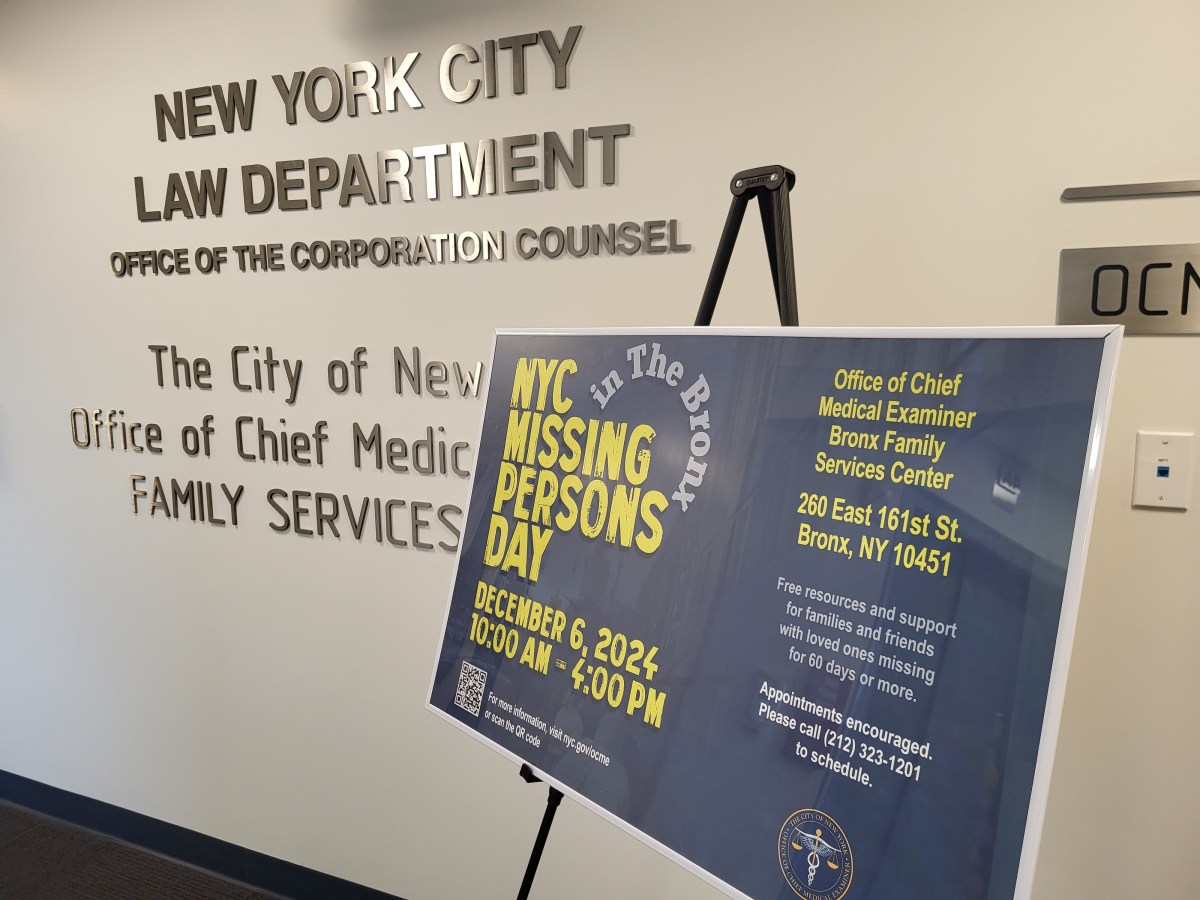
It’s like gold sitting untouched in the open.
There are hundreds of plots of public land across NYC ready to be developed. But they remain vacant.
An audit by city Comptroller Scott Stringer highlights the properties, saying officials with NYC’s Housing Preservation and Development agency aren’t doing all they can to add affordable housing and other needed development to city-owned empty lots. And while the mayor’s office points out that many properties identified in the audit lack infrastructure or are not ready for development, they admit there are hundreds of parcels ready and waiting.
Some properties have been lying in wait for decades. So at a time when Mayor Bill de Blasio has prioritized affordable housing for thousands who need it, leaving the land barren shouldn’t be an option. The mayor seems oddly content to let the wheels of bureaucracy turn slowly. Instead, the city should fast-track the developable properties, especially those right for affordable housing.
Meanwhile, the city must keep track of and push forward every piece of land that’s stuck somewhere between “ready” and “developed,” with stricter and more specific timetables and alerts when projects lag behind schedule. Most important, city officials must stop suggesting there’s little they can or should do differently. In interviews, they came up with one key thought: Improve how Housing Preservation and Development works with other agencies. That’d be an excellent step, but city officials must think outside the box: Reconsider ideas like a non-profit land bank that could help fill vacant properties with housing, and streamline the department’s methods of doing business.
Of the 1,131 vacant properties Stringer cited, 670 are ready for development, officials said. Of those, 400 are in the “development pipeline,” which means they have a developer in place now or will in the next two years. Then, there are 270 that haven’t made it that far, where it could take another eight years to find developers.
Stringer is no fan of de Blasio — and has a political agenda all his own. But city officials must stop the delays and start building.


































